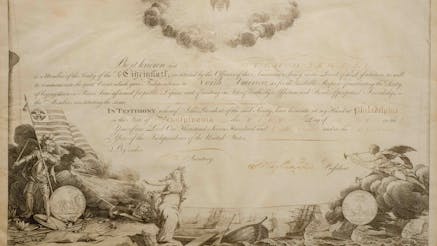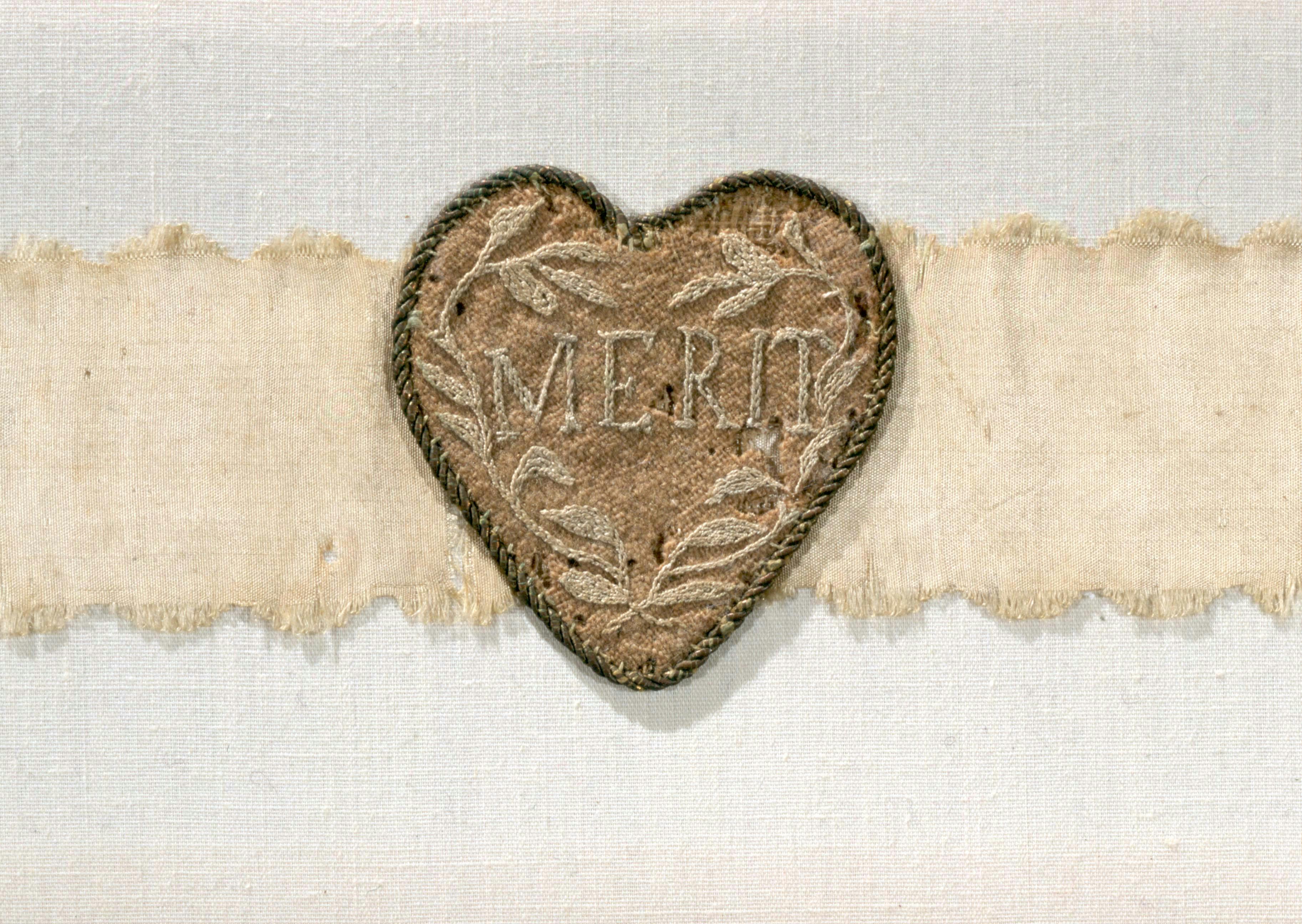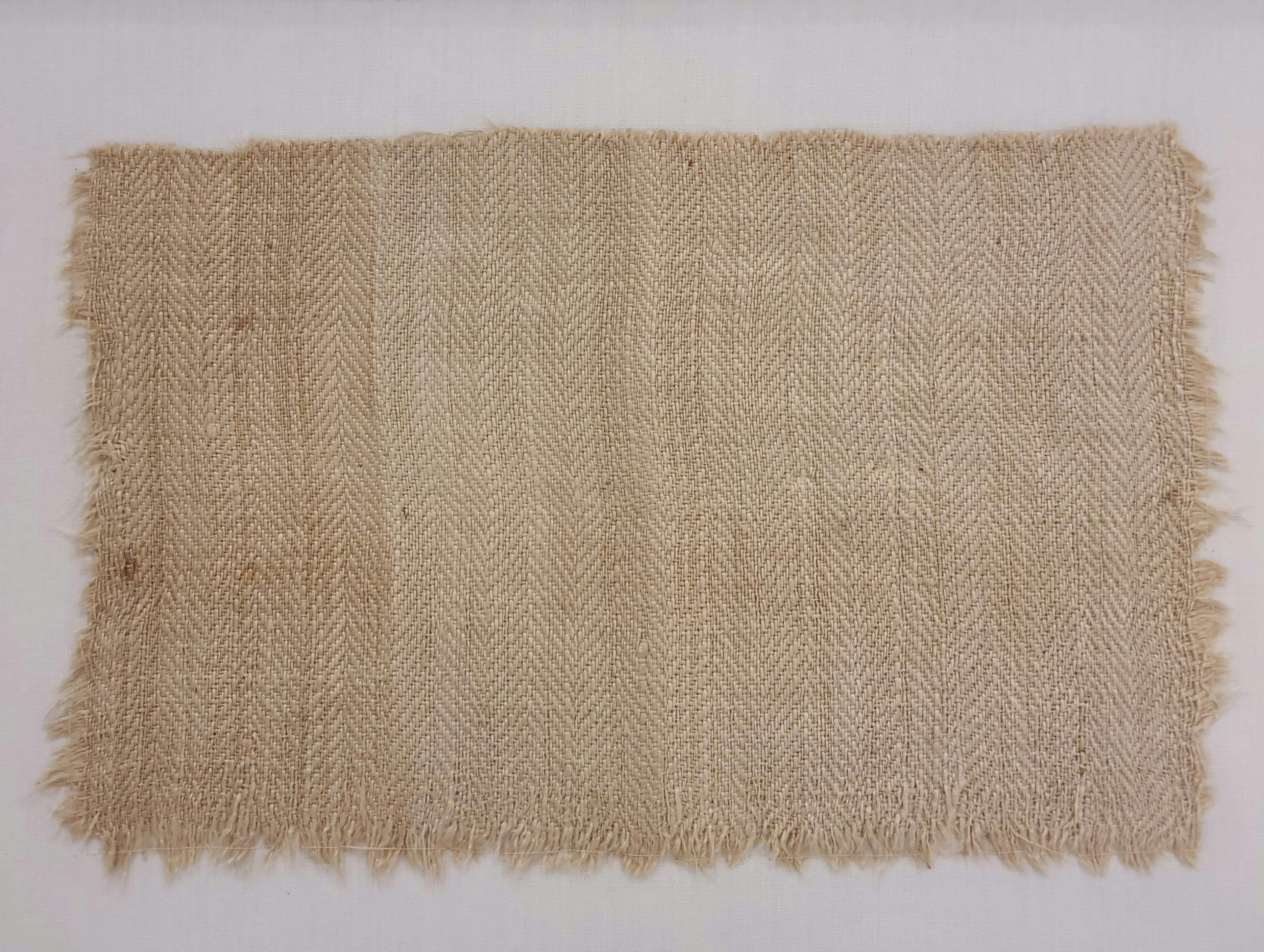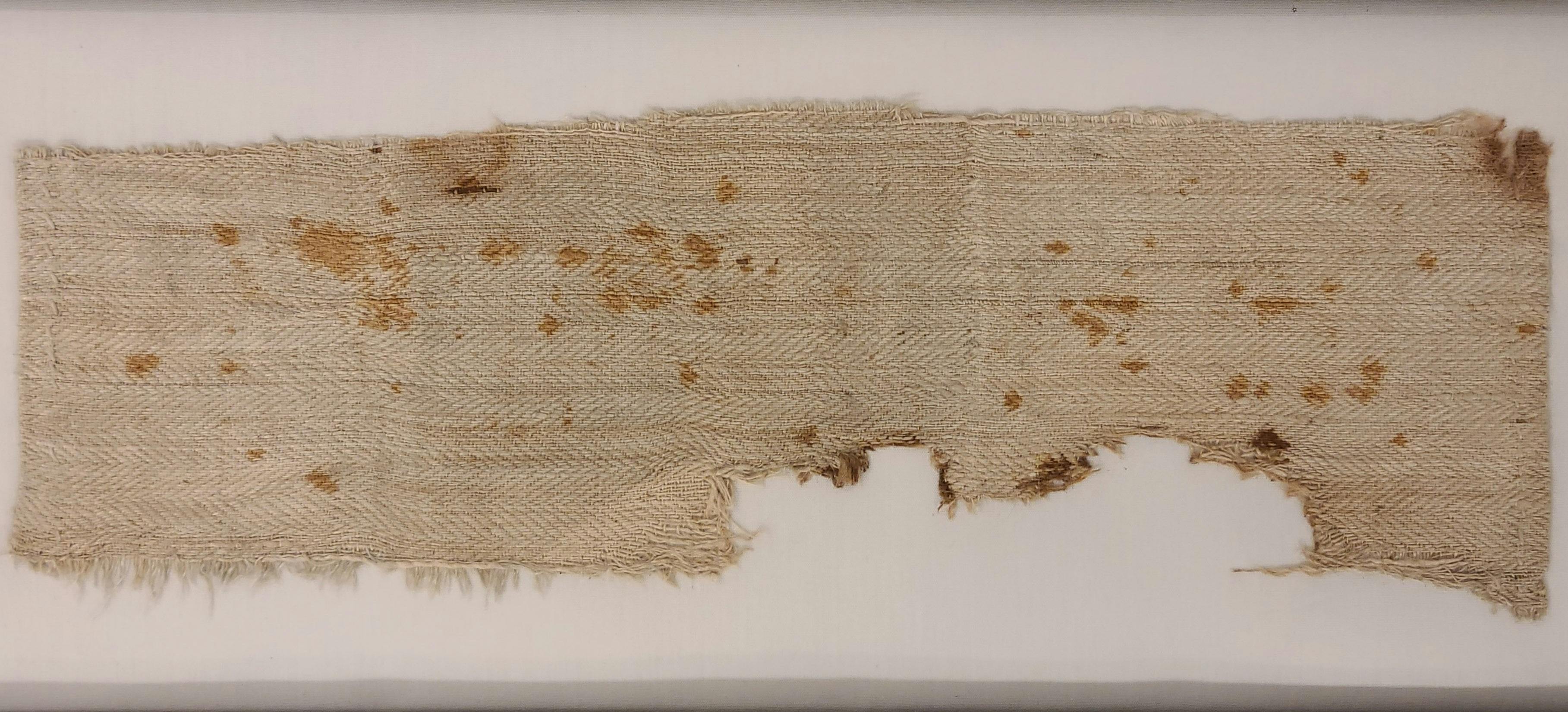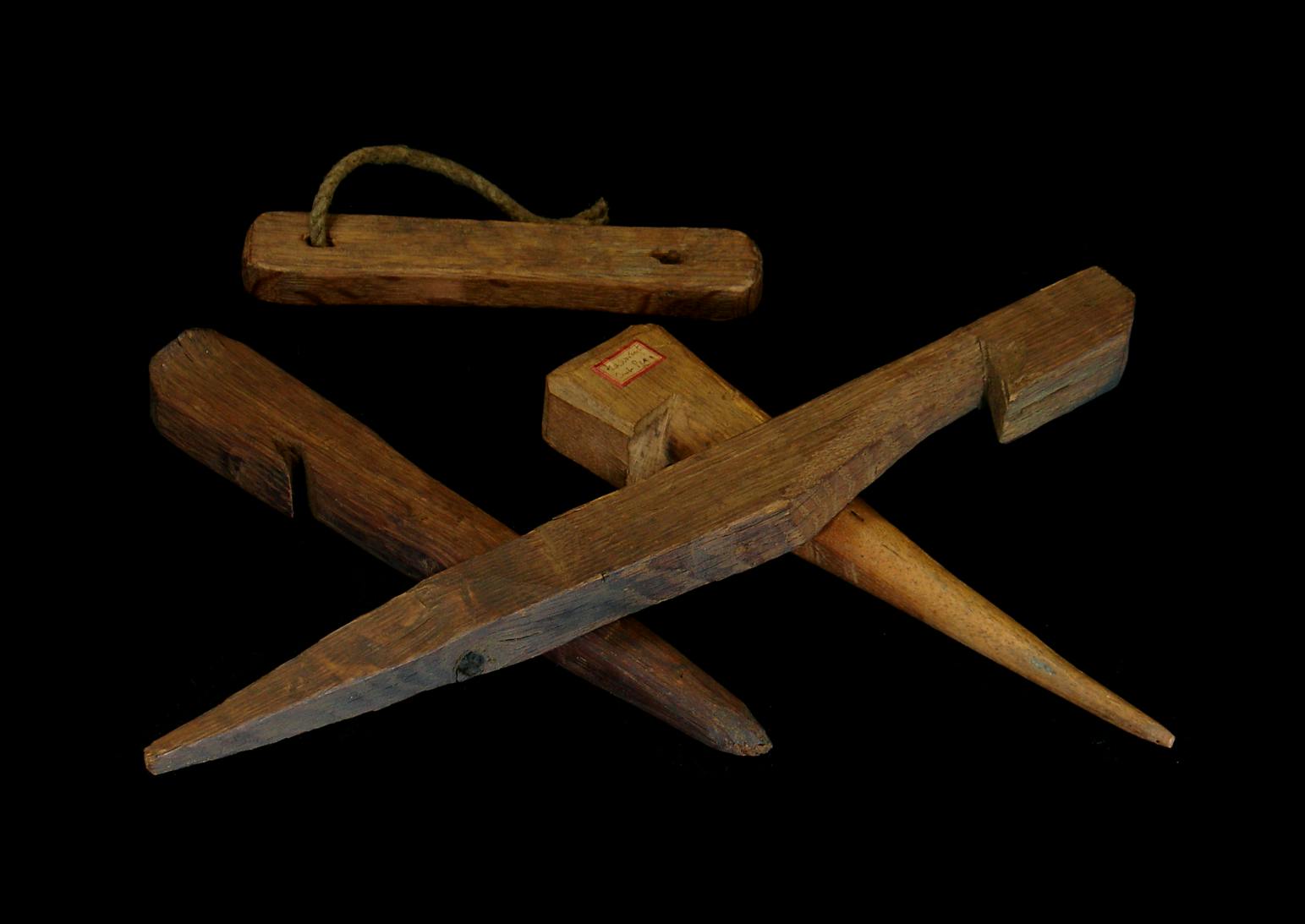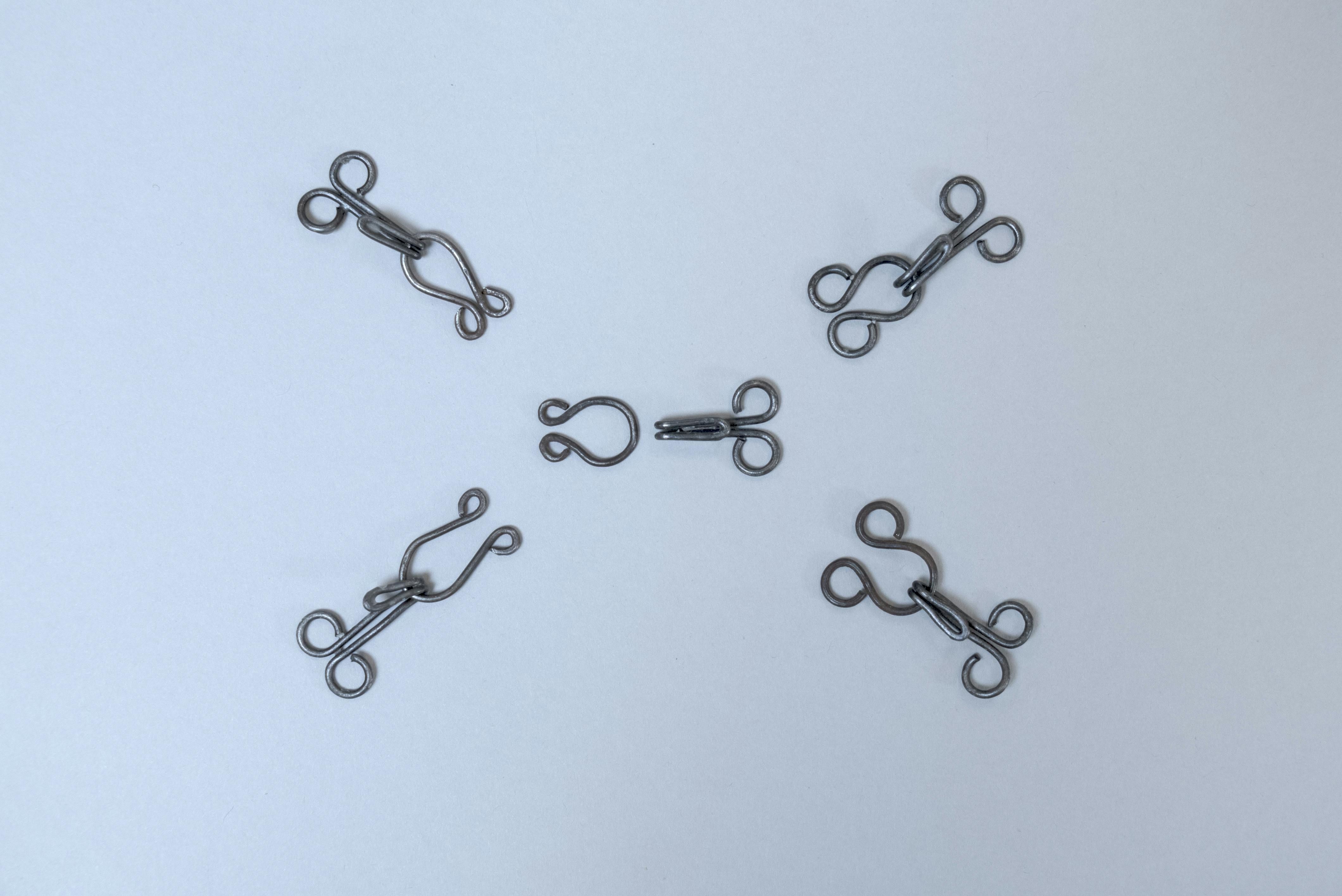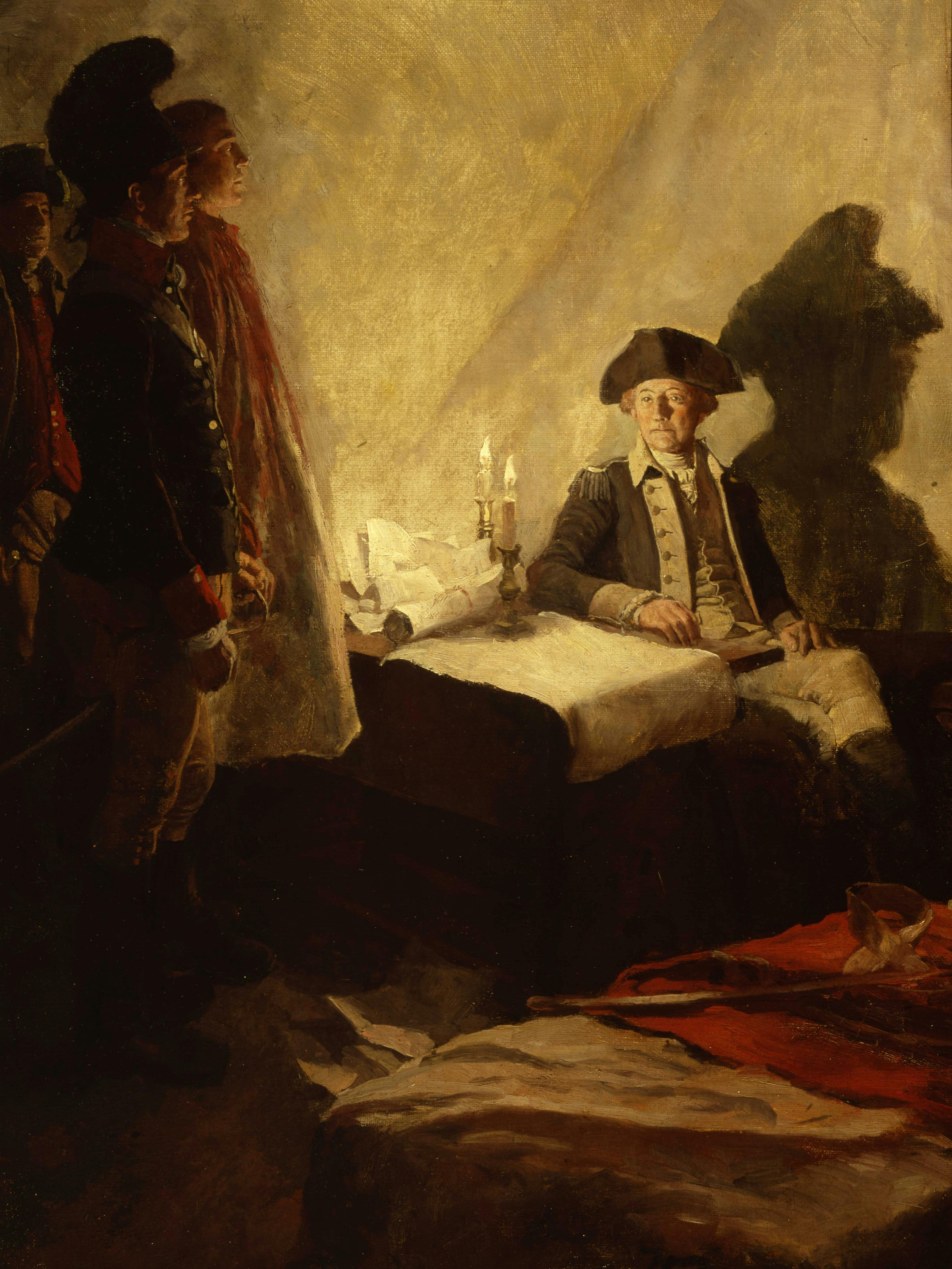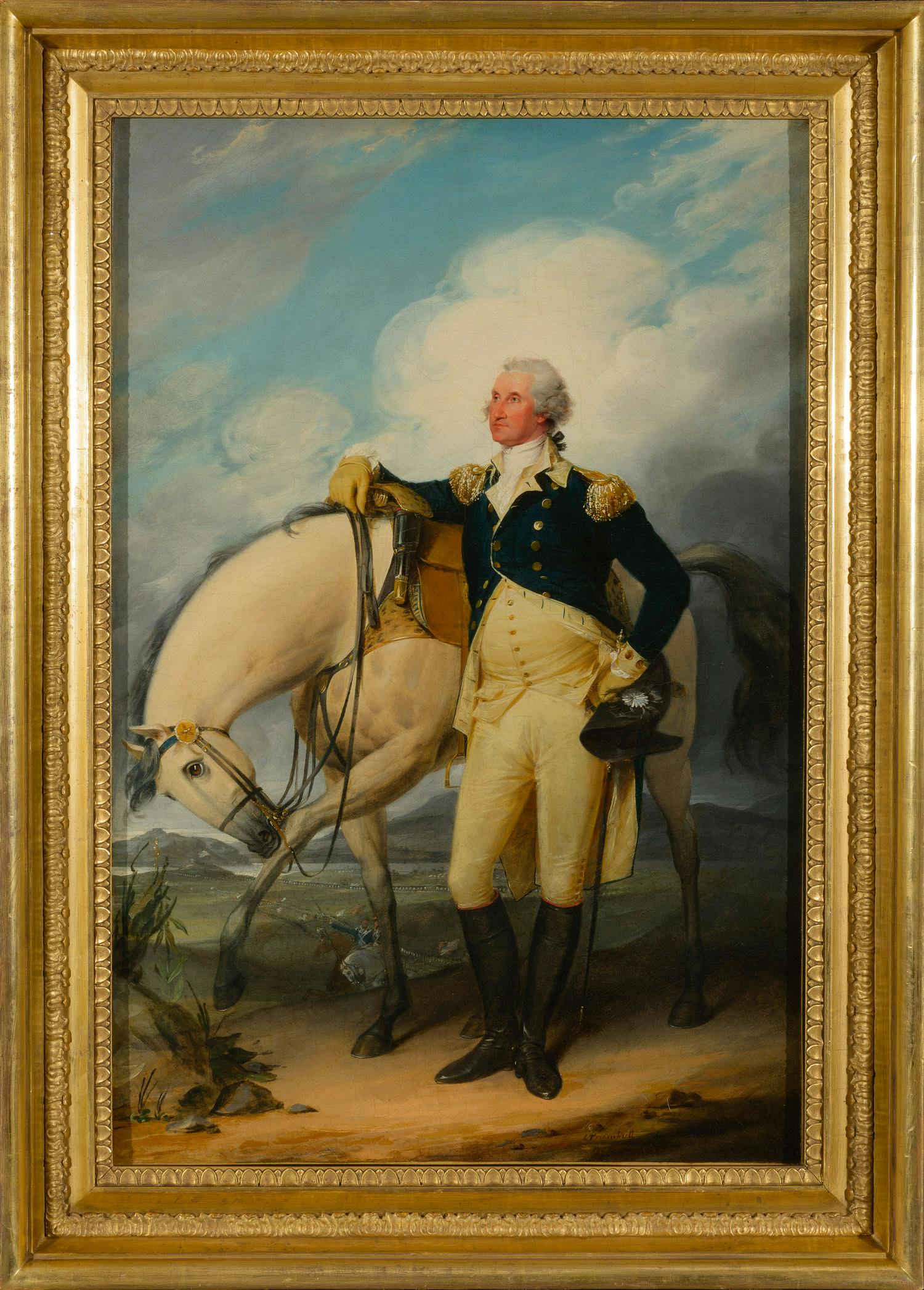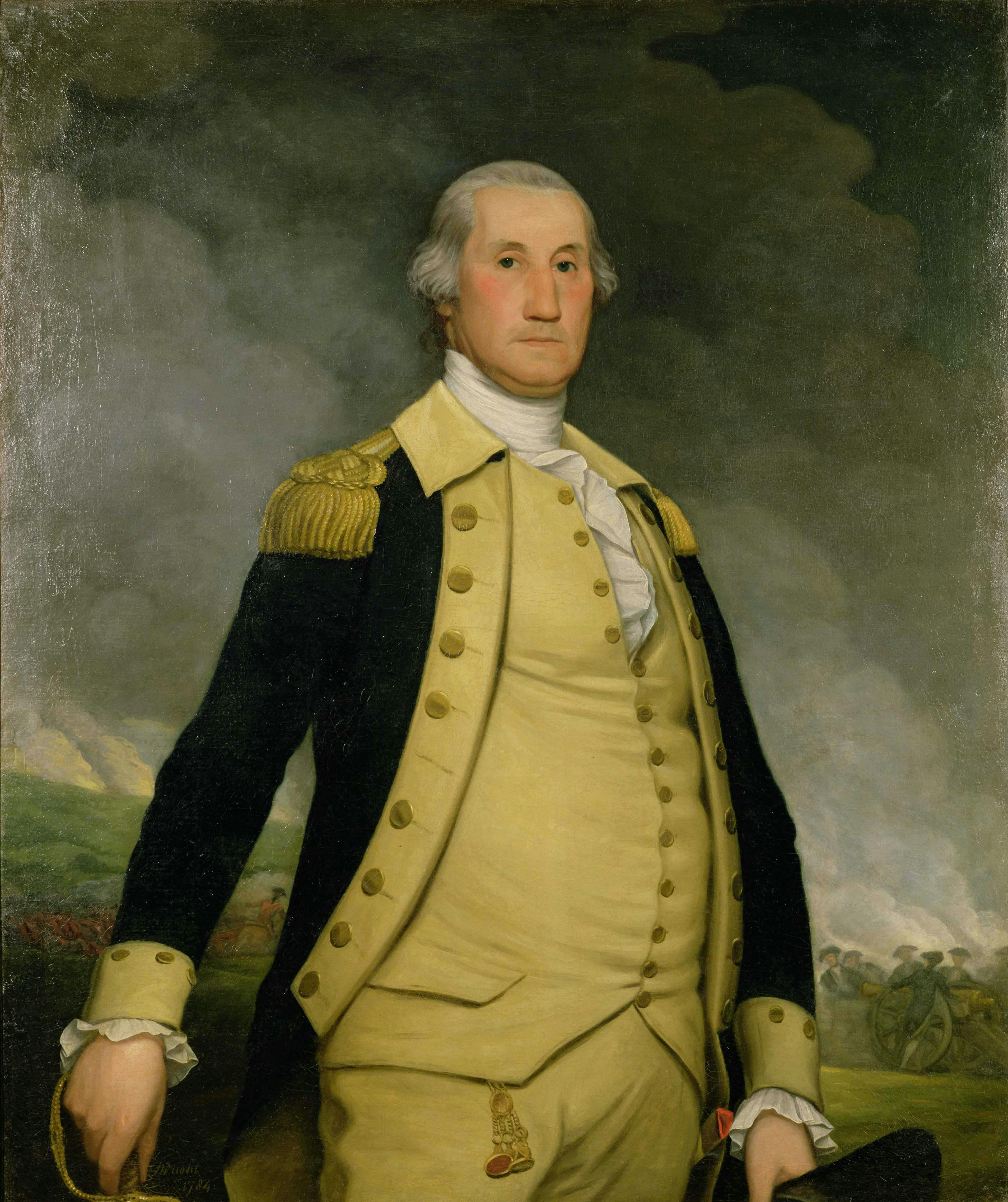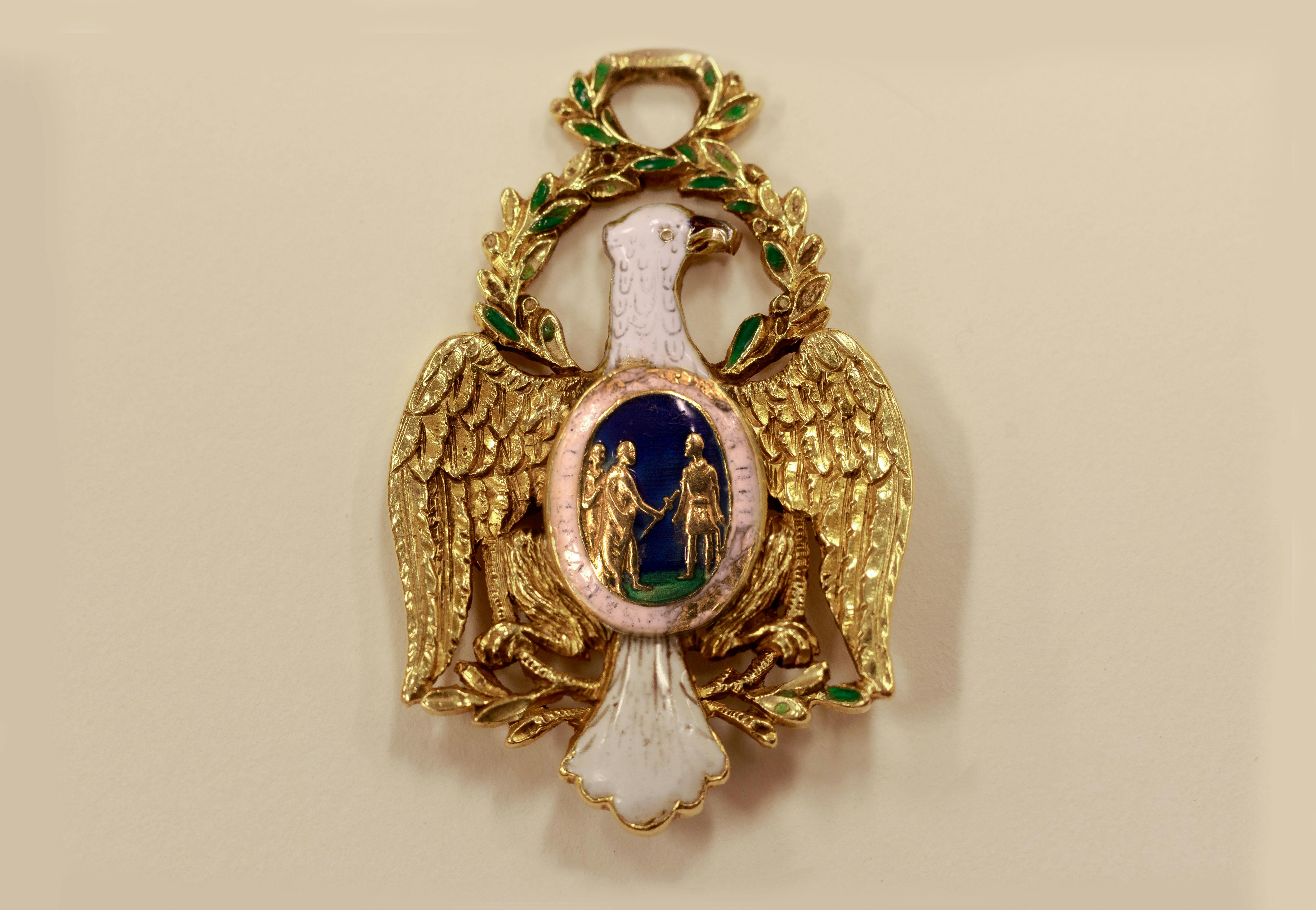Washington’s Leadership
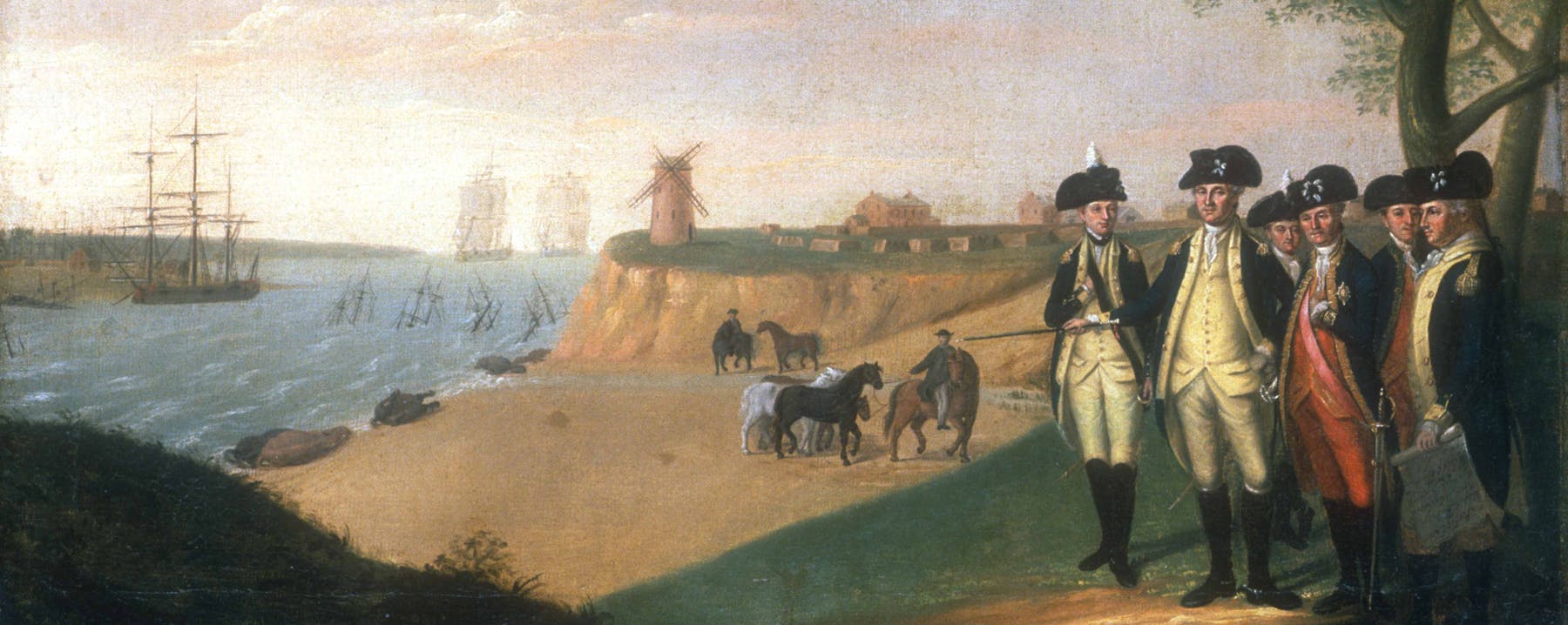

The stakes were never higher than in 1782. Washington designed the camp at Verplanck’s Point to convince the French to support a continued war effort. The Continental Congress had no power to tax and could not pay the army, but the French had good silver coin. Anger over the lack of money simmered among the American troops. Enlisted soldiers were owed back pay, and in 1779 Congress promised Continental Army officers lifetime pensions, but now declared those payments were up to the states. If someone did not figure out how to pay the soldiers, there might be a rebellion against the Revolution. Though peace negotiations were underway in Paris, the British could back out of them. The United States might need the French Navy to drive the British out of New York City. Washington needed to put on a good show for the French, and he did. The picturesque encampment impressed the allies. One eyewitness said the scene “was truly a subject worthy of the pencil of the first artist.”
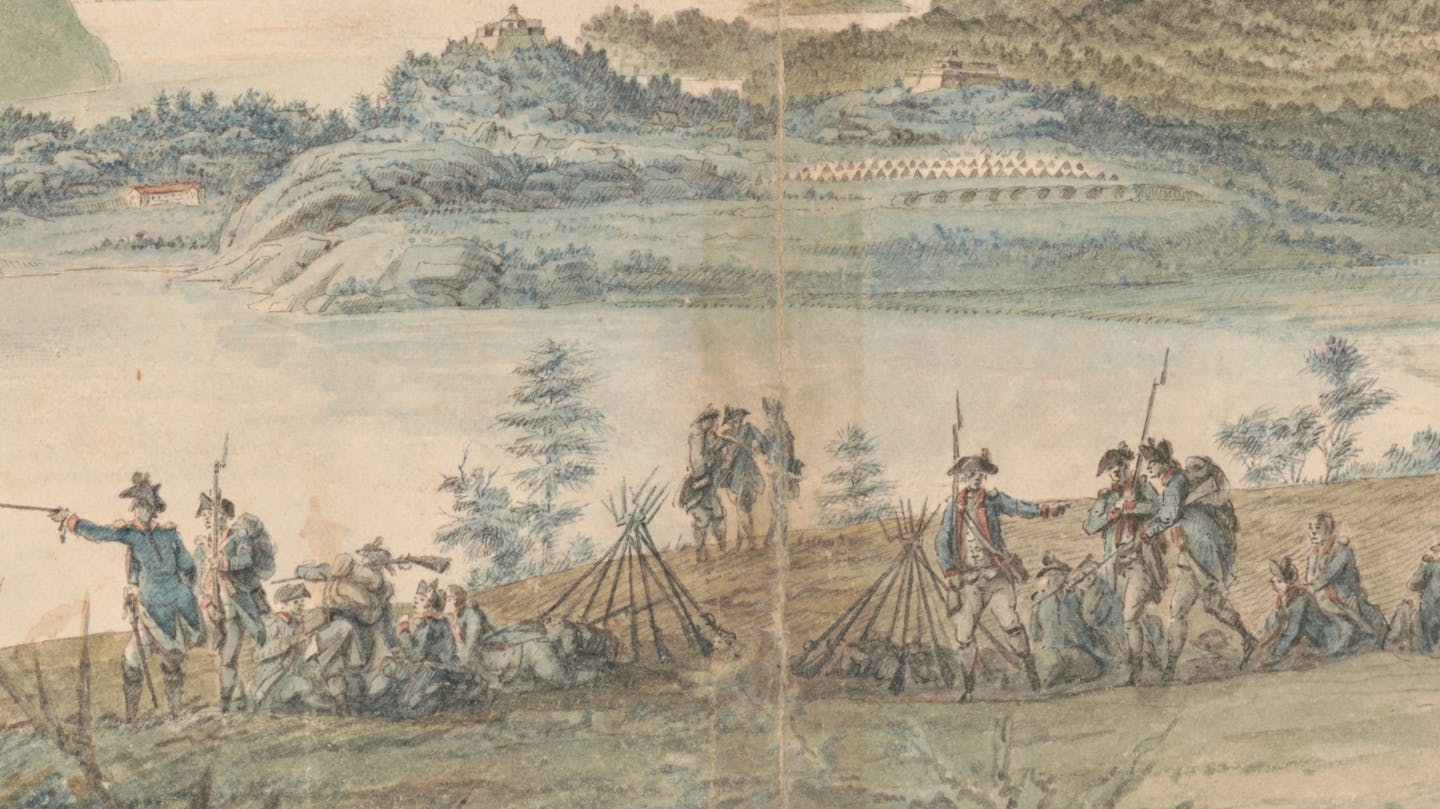
Honor in a Republic
Seven years into the Revolutionary War, many veteran Continental soldiers encamped at West Point. Some individuals had served continuously since 1775 and had little pay to show for it. In 1781, two mutinies among troops in New Jersey over pay and poor leadership brought the following question to the forefront: How would common soldiers be recognized for their years of service and sacrifice for the Revolution? On August 7, 1782, Washington created the Badge of Military Merit to help address this issue. The badge distinguished common soldiers who displayed great bravery and good conduct during their service. Washington ordered that soldiers be nominated for the Badge of Military Merit by their officers. Any brave service during the War would be considered. Three Connecticut soldiers, Elijah Churchill, William Brown, and Daniel Bissell Jr., are documented to have earned the award. These soldiers wore a “figure of a heart in purple cloth, or silk, edged with narrow lace or binding” on the left breast of their coats. The badge entitled the distinguished soldiers to pass by Army guards without being stopped, as if they were officers. Washington hoped the badge would encourage virtue among the rest of the Continental Army. Washington’s Badge of Military Merit inspired the modern Purple Heart, introduced in 1932. Today, the Purple Heart is a badge awarded to servicemen and women who are killed or wounded in action.
Image Credit: Geography and Maps Division, Library of Congress, Washington, DC
The road to glory in a patriot army and a free country is thus open to all.”
General George Washington, Newburgh, New York, August 7, 1782Artifacts from Washington’s Tents
Explore the pieces of Washington’s headquarters tents displayed below. During the Revolutionary War, General Washington used a large marquee tent for eating meals and holding meetings and a smaller marquee tent as his personal sleeping and office space. The smaller marquee had a removable inner chamber that divided the tent into rooms and served as an insulative layer.
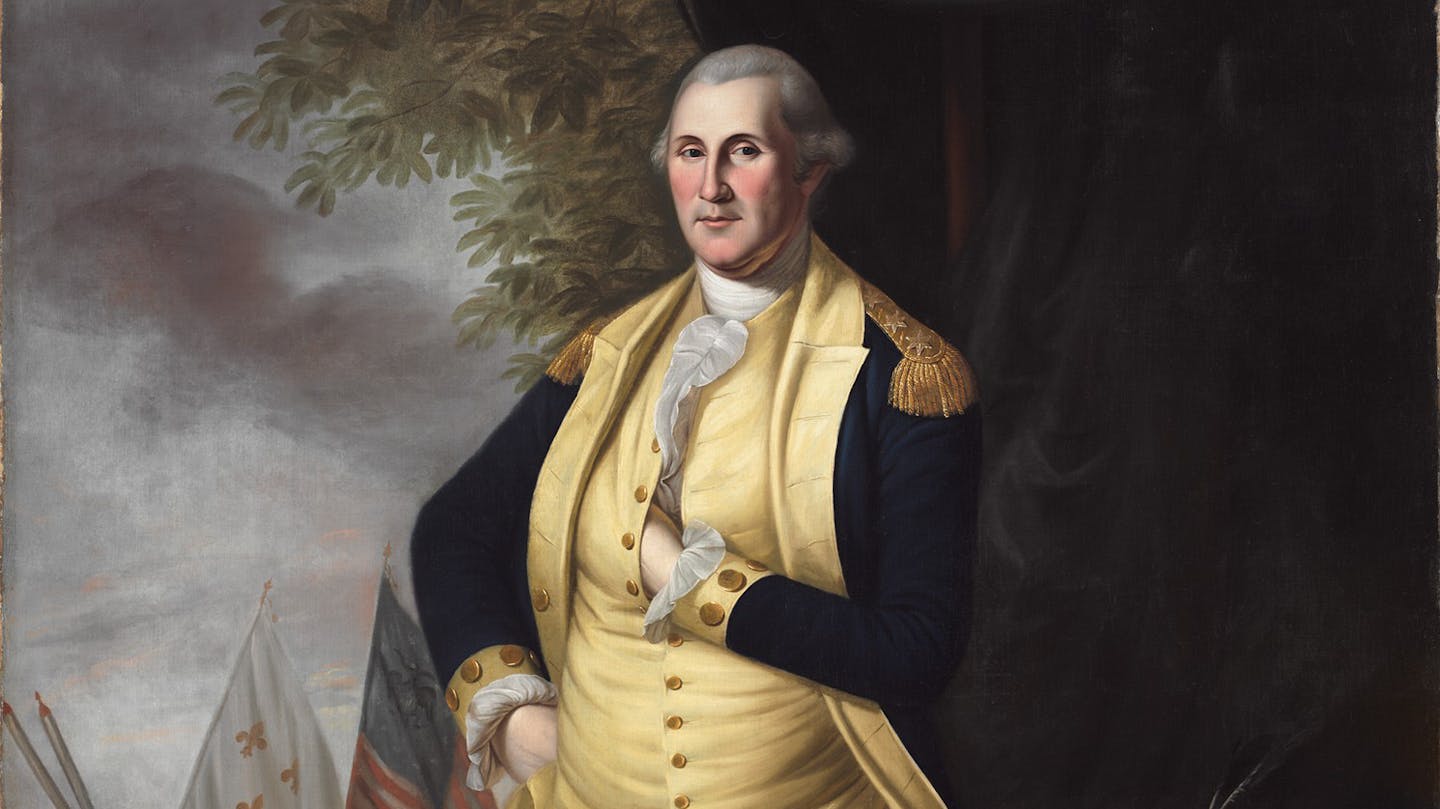
Dangerous Peace: Newburgh Conspiracy
The newly discovered watercolor view of Verplanck’s Point captures one of the Continental Army’s grandest encampments, where their tents, bowers, and professionalism became a diplomatically significant display of strength. The army left Verplanck’s Point and marched to New Windsor, north of West Point, at the end of October 1782. Four months later, in February 1783, word of a preliminary peace treaty between Britain and America reached the army’s camp. But the officers and men of the Continental Army were still owed pay and rations. The officers had been promised lifetime pensions in 1780, but neither Congress nor the states would fund that debt. In March 1783, Washington prevented a coup against Congress by the officers of the Continental Army, which has since been called the “Newburgh Conspiracy.” He summoned a meeting to remind the officers of their shared sacrifices for the cause of freedom. The officers agreed to stop the coup. Instead, they formed a fraternal organization called the Society of the Cincinnati, named after Roman General Lucius Quincticus Cincinnatus who rejected power and returned peacefully to his farm after his victories. The September 3, 1783, Treaty of Paris ended the Revolutionary War. With victory won, Congress dissolved the Continental Army. L’Enfant’s watercolor preserves an important moment for the Continental Army, allowing us to see it today as he saw it in 1782.
Image Credit: George Washington (1732-1799), Harvard Art Museums/Fogg Museum, Bequest of Grenville L. Winthrop, Photo ©President and Fellows of Harvard College, 1943.144
I have been the constant companion & witness of your distresses.”
General George Washington, Newburgh Address, March 15, 1783